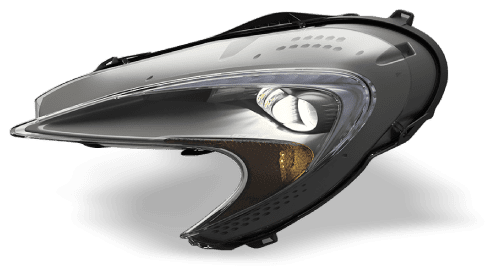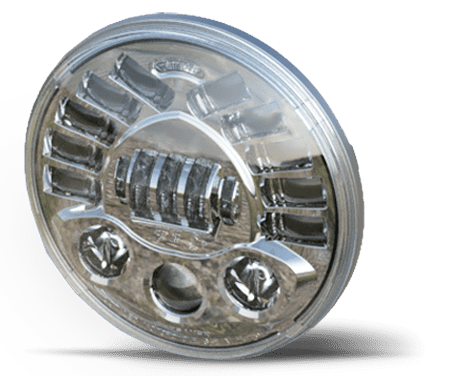
Important Factors When Choosing Lights for Off-Road Vehicles
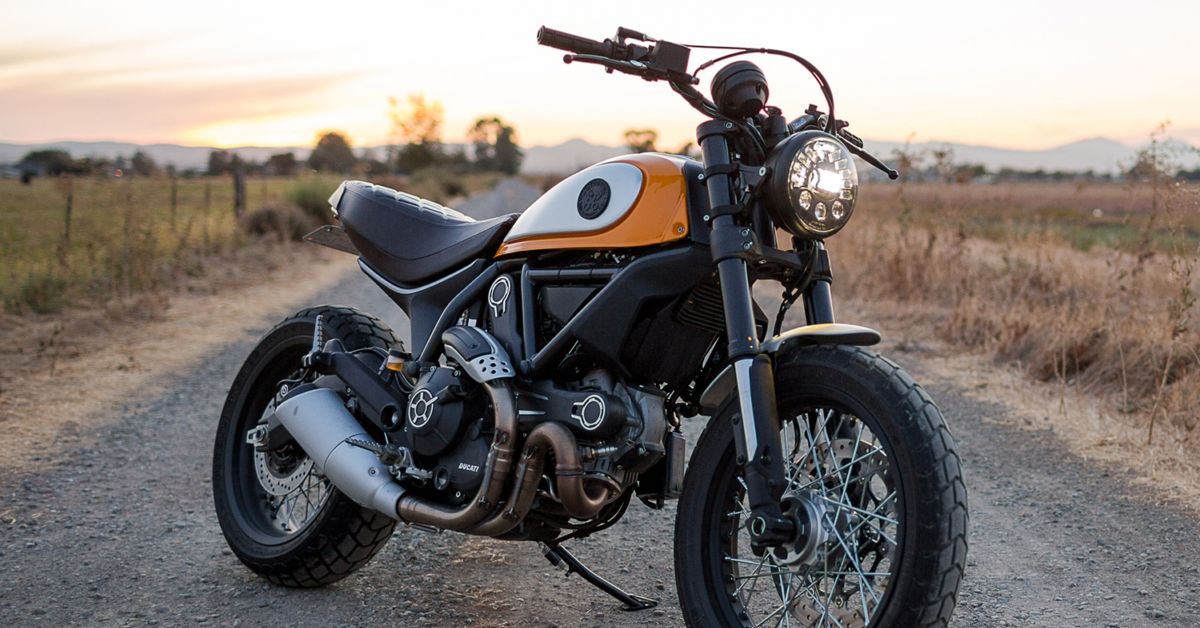
Off-road adventures push vehicles to their limits. This exciting activity frequently requires drivers to navigate through unpredictable terrain and harsh conditions. One crucial aspect that ensures safety and enhances performance in these environments is proper lighting.
Off-road lights are not just about illuminating the way; they are integral to visibility, safety, and overall driving experience. Our walkthrough below will teach you the most important factors when choosing lights for off-road vehicles. Learn the essential factors to consider now so you can find the best option for your vehicle ASAP.
Understanding Lumens and Light Intensity
When selecting off-road lights, one of the first specifications you’ll come across is lumens, which measure light output. Lumens are critical because they determine brightness, affecting your ability to see obstacles, dips, or turns in low-light conditions. However, more lumens don’t always translate to better visibility. Excessively bright lights can create glare, especially in misty conditions or when used with suboptimal beam patterns. Choose a lighting setup that balances brightness with control, ensuring optimum illumination without temporary visual discomfort. Additionally, understanding how lumens correlate with power efficiency is useful when considering your vehicle’s electrical capacity.
Beam Patterns—Spot, Flood, and Combination
The type of beam pattern determines how light is distributed and is a key decision when choosing your off-road setup. Spot beams are highly concentrated, projecting light farther to illuminate distant objects and trails. They are excellent for high-speed driving or scenarios requiring long-range visibility.
Flood beams, on the other hand, spread light across a wider area, making them ideal for slow, technical driving where peripheral visibility is vital. Combination beams provide the best of both worlds, offering a mix of range and spread. Matching these beam patterns to your driving style and typical off-road conditions ensures optimal performance and safety.
Leveraging Color Temperature and Visibility
Color temperature, measured in Kelvin, is another significant factor to evaluate. Different temperatures produce varying hues of light, each with unique advantages. Warmer light, ranging from 2,000K to 4,500K, offers better visibility in foggy, rainy, or dusty conditions as it penetrates through particulates more effectively.
Cooler light, from 5,000K to 6,500K, resembles daylight and enhances clarity, making it easier to spot details in clear conditions. Striking the right balance between color temperature and your typical off-road environment ensures you maintain visibility and reduce eye fatigue during extended nighttime drives.
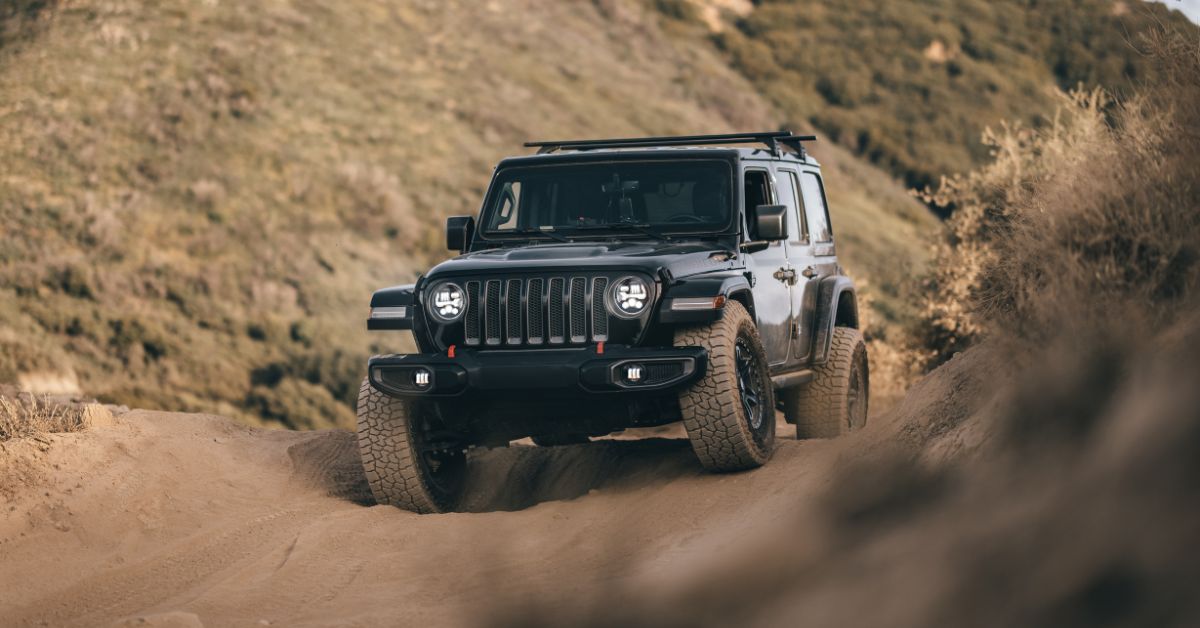
Finding Materials Built for Off-Roading
Durability is among the most important factors you must consider when choosing lights for off-road vehicles. Off-road lighting systems must withstand tough conditions, including vibration, shock, and exposure to elements like water, mud, and extreme temperatures. Durability is a critical factor, and high-quality materials are the foundation of resilient off-road lights.
Look for lights with housings made of aluminum or polycarbonate, which provide a combination of strength and lightweight properties. Weather resistance is equally critical.
Lights with an IP67 or IP68 rating offer excellent protection against water and dust ingress, ensuring reliable performance even during extreme adventures. Durability and weather resistance directly impact the longevity and reliability of your lighting investment. At J.W. Speaker, you can browse our motorcycle LED lights to learn about IP ratings and other critical details to determine which model is right for your off-roading journey.
Mounting Options and Placement
Proper placement and mounting of off-road lights are just as important as the lights themselves. To achieve the best results, consider the intended application and the range of your beam patterns.
Roof-mounted lights offer improved long-distance visibility, making them suitable for high-speed applications. Bumper or grille-mounted lights provide closer-range visibility, which is beneficial in tight terrain.
Adjustable mounting systems can enhance versatility, allowing you to target the light precisely where it’s needed. An ergonomic setup maximizes your visibility and seamlessly integrates with the look and function of your vehicle.
Legal Regulations and Compliance
Lighting regulations vary by location and can significantly impact your choice of off-road lights. Some high-powered lights or specific colors may violate road laws, requiring immediate adjustments to comply.
Understanding local regulations ensures you remain legally compliant while avoiding fines or unintentional hazards for other road users. Beyond legal considerations, it’s also about sharing the road responsibly. Investing in lighting systems with features like dimming functionality to reduce glare ensures your setup benefits you and respects the safety of others.
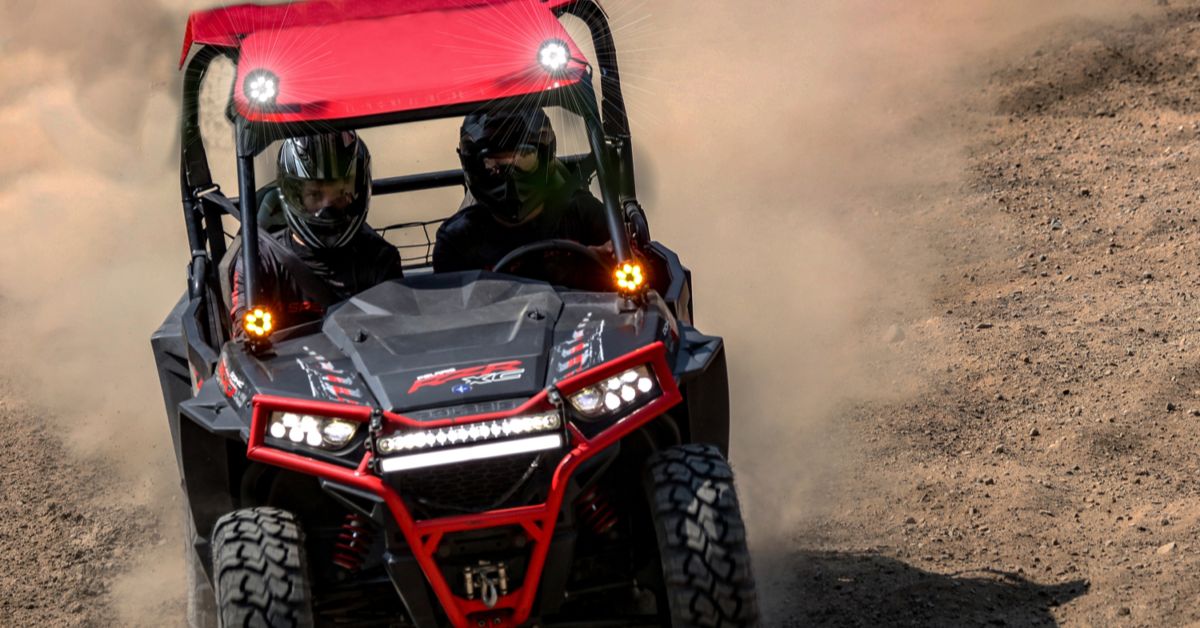
Enhancing Your Ride for the Off-Road Experience
Off-roading can be an exhilarating experience, but it also imposes significant stress on vehicles. From navigating uneven terrains to braving mud, sand, and rocky landscapes, off-road conditions challenge every component of a standard vehicle. Without the right vehicle or necessary upgrades, these challenges can lead to premature wear, mechanical failures, and costly repairs.
You need the right lights for off-road vehicles, and you must pair them with a vehicle that’s readily equipped for the terrain ahead.
To mitigate the toll off-roading takes on standard vehicles, thoughtful planning and investment in upgrades are crucial. Equipping a vehicle with the right gear—be it rugged tires, lifted suspensions, or protective body elements—improves its durability and ensures safety and reliability. Preparation is the foundation for conquering challenging trails while minimizing the risks associated with this rewarding yet demanding activity.
One of the primary areas affected by off-roading is the suspension system. Uneven surfaces and constant vibrations can cause components such as springs and shock absorbers to deteriorate.
Tires also face considerable strain during off-road excursions. Standard tires can’t handle the aggressive demands of thick mud, pointed rocks, or loose sand. Upgrading to specialized off-road tires with strengthened sidewalls and deeper treads ensures better grip and resilience against harsh conditions.
Making the Right Choice for Your Needs
Selecting the right lighting for your off-road vehicle, whether it’s a motorcycle or a truck, is a multifaceted decision that requires careful consideration of technical specifications, environmental conditions, and personal preferences.
A well-planned setup doesn’t just illuminate your path; it enhances your entire driving experience, providing the confidence needed to tackle any adventure. When done right, off-road lights become more than a utility. You can rest assured that they will become a trusted companion on every excursion.
For those passionate about off-roading, now is the time to take your adventures to the next level. Invest in the right tools, enhance your vehicle, and arm yourself with the knowledge to tackle even the toughest terrains. Don’t leave your safety and enjoyment to chance—prepare today and experience the thrill of off-roading with confidence. Start by upgrading your vehicle or consulting with experts to ensure that every adventure is both safe and unforgettable.

